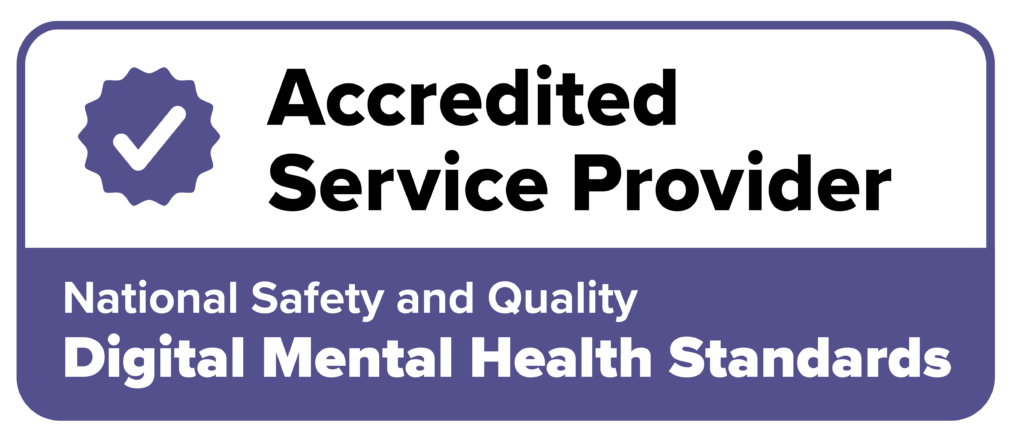When we experience trauma, and particularly repeated trauma, or when we are in danger, (or feel that we are), our biological survival or stress response stays turned on. This means that we are unable to return to a feeling of calm. When this happens our body and brain are flooded with stress hormones such as adrenaline and cortisol. This makes us hypervigilant, looking out for danger and keeps us in survival mode . Not only does it mean that we can’t return to a state of calm, but it also means that we can’t return to a state of restoration. It means that we spend a lot of energy of simply surviving. This leaves us with little capacity to explore, play and learn. It also makes it harder for us to engage socially and in the community around us. Our internal systems are busy making sure we are safe.
People who experience complex trauma i.e. repeated often extreme ongoing trauma which is usually interpersonal (between people) swing between being hypo and hyper aroused. With changes in arousal come strong changing emotions. These strong emotions can bring a range of different coping strategies and behaviours. When a person experiences ongoing trauma it makes them susceptible to different triggers. These triggers easily set off their stress response or fuel as stress response which is already overactive.
With triggers come feelings of fear, panic and distress. There are a lot of different triggers which can make traumatised people react. Some triggers stimulate our senses – smells, sounds, sights, touch and tastes. Some people, including people with disability can be particularly sensitive to loud noises and bright lights. That’s because some disabilities can affect the way people process sensory input.
Sometimes it can be someone yelling. At other times it can be people getting too close. Some triggers are cues in our environment. Sometimes it’s a particular time of the day or night. It can be bedtime. It can be what happens at a particular time of the day e.g. room checks. Sometimes it is an anniversary date. Or an experience which reminds our brain of a trauma we experienced from before. It can be big women. Or men with beards. It can be as simple as a tone of voice, a look on someone’s face, body language. It can be contact with our family. Or feelings associated with our families (eg feelings of uncertainty). It can be any situation which our body registers as us not feeling safe. These triggers can throw us back into feelings which we experienced at the time of past trauma/s. When this happens, our head can know that there is no danger however our body still responds to the ‘sounds like, feels like, smells like etc. – sensory triggers’) (Bessel van der Kolk, 2011).
“People who have experienced childhood trauma often find that seemingly unrelated events, sensations or sensory cues such as a scent or sound, happening in day to day life can trigger unwanted thoughts, feeling and memories of their traumatic experience to come flooding back. Strong associations with past experiences can persist and the survivor can relive details of the abuse, the environment in which the abuse occurred, or be reminded of the perpetrator of the abuse. For the survivor this can feel like the trauma is occurring in the present and can be frightening, confusing and overwhelming. It is not possible to predict and avoid every trigger in advance – this is often not possible even for the survivor themselves. Triggers are words, symbols, situations, items, sounds, smells, colours – just about anything that the mind correlates to a negative past experience and causes a reaction based on it.” Royal Commission into Institutional Responses to Child Sexual Abuse, Final Report, Volume 9, p.126
Dan Siegel, professor of psychiatry and a leader in trauma coined the term “Window of Tolerance”. This term helps us understand and describe normal brain/body reactions when we have experienced trauma. The concept suggests that we have an optimal level of arousal. This is called being within the window of tolerance. When we are within our ‘window’ we function at our best. The ‘window of tolerance’ is a concept which allows for the ups and downs in emotions that all human brings experience. We can all experience strong feelings of hurt, anxiety, pain and anger. These strong emotions can bring us close to the edges of our ‘window of tolerance’. Most of us have strategies that we can use to keep us within this ‘window’. When we have experienced complex trauma, we can be more easily triggered out of our window of tolerance. This is because our ‘window’ is narrow. This means that we are using the survival part of the brain i.e. fight, fright and freeze, more often.
Sometimes people experience flashbacks. Flashbacks are the sudden reliving of trauma memories. Some experiences trigger flashbacks. Flashbacks can come with strong feelings. These can include fear and distress. They can also come with strong sensations and body movements. This is because trauma is stored in the body. It can be hard to put these memories into words because they are ‘implicit’.
It is not possible to ‘reason’ traumatised people out of feeling overwhelmed when their bodies are experiencing strong somatic (body-based) responses. Past trauma defines the present as well as perceptions of the future. We do also know about neuroplasticity of the brain. This means that over time we can rewire our brain to work in new ways. We can settle our trauma responses with practice, and with the right support over time.
The following strategies can be useful to help a person who is triggered to return to their window of tolerance
A simple ‘grounding’ exercise can help a person who is overwhelmed to return to their ‘window of tolerance’.
There is no ‘one size fits all’ exercise. The following suggestions may be useful. They need to be adapted for each person:
- Suggest that the person takes a ‘rest’ break. Suggest that they might want to stretch, walk around or take some time outside
- Suggest that the person gently stamp their feet on the ground/floor
- Suggest that the person takes some long, slow breaths (if doing this makes them more agitated rather than soothing them, you can suggest a physical movement)
IF A PERSON BECOMES VISIBLY AGITATED (hyperaroused; e.g. sweats, face changes colour, pupils dilate, voice is raised, pace of speech accelerates):
- Make the above suggestions (i.e. rest break; movement; focus on breathing more slowly)
- Suggest the person focuses on a calming image (i.e. this needs to be a relaxing image for them)
- Suggest that they have a calming object with them – something that is meaningful to them and which helps soothe through one of their senses e.g. photos, image of safe place, soothing music or friend’s voice; essential oils, favourite scent; woolly socks, teddy bear etc.
- Ask what you can do to help
IF A PERSON ‘ZONES OUT’ (hypoaroused; eyes glaze, on automatic pilot, ‘shut down’):
- Suggest that the person takes a short break (if their attention has wandered and doesn’t quickly return, don’t keep going as if nothing has happened)
- Voices can help people regulate: speak calmly and slowly to help bring the person back to an awareness of where they are (‘I am xx; it’s Tuesday morning; we’re sitting in a café…’)
- Assure the person they are safe (taking care to ensure that they are)
- Suggest a simple stretch (the focus should be on an external movement rather than on an inner sensation)
- If the person has lot the sense of their body, suggest that they rub their arms and legs to help them feel where their body starts and ends.
- Suggest they wrap themselves in a blanket or towel and feel it around them.
- Ask if the person can name 3 objects that they can see in the room (this engages the person and helps them focus their attention on something outside of them)
- If the person is sitting down, suggest that they stand up for a moment (and stand up with them)
- Engage one or more of the person’s ‘5 senses’ (i.e. sight, smell, sound, touch, taste; the feel of a velvet cushion; the smell of coffee beans, the taste of a peppermint lolly)






